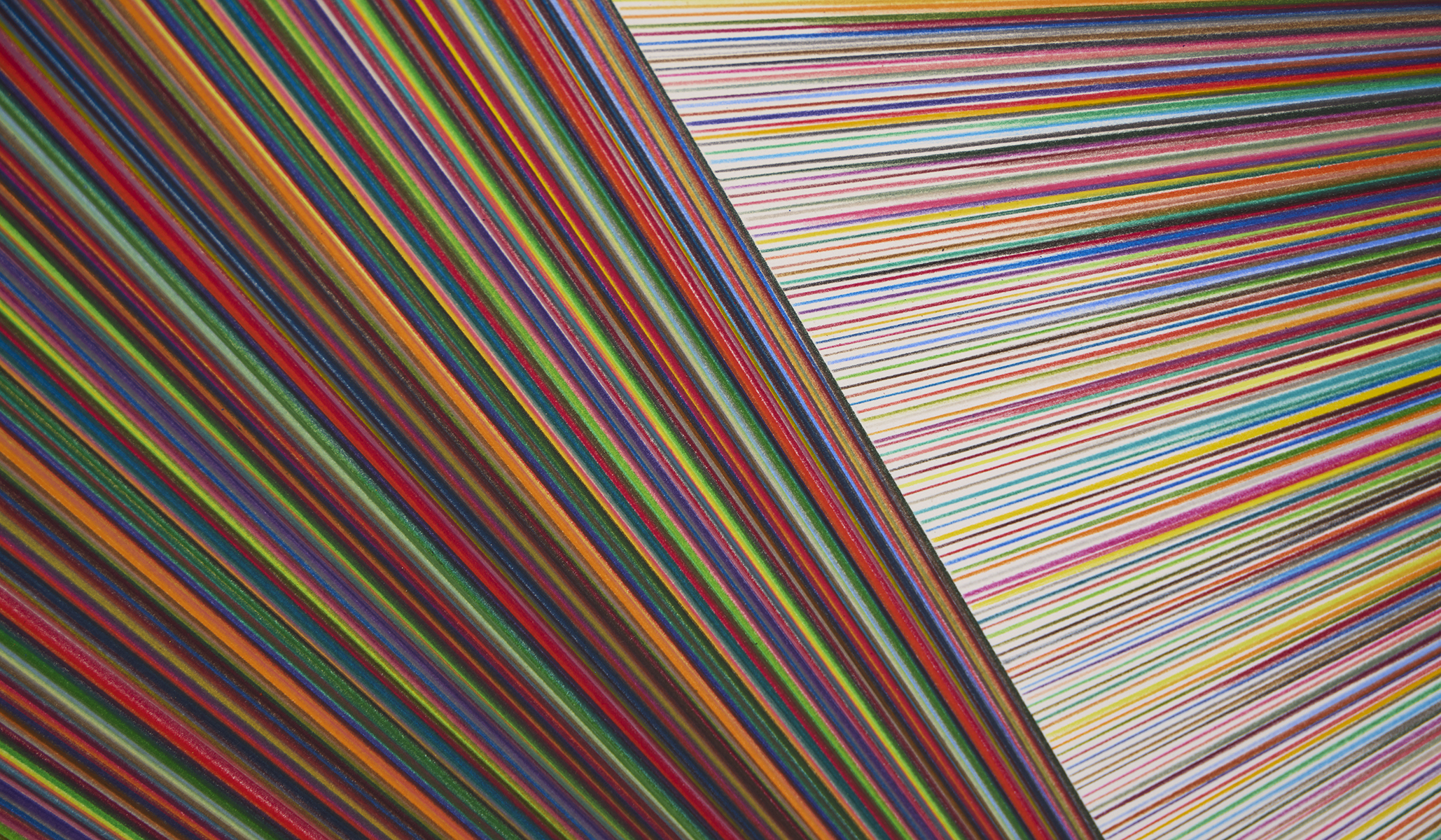Exhibition
Memory, history and fantasy intersect in Fabric, Andrew Lavery’s most recent series of sculptures that focus on the impact of urban development and re-development. They are quasi-memorials to occupiers past and to the legacies of gentrification in inner Sydney suburban precincts and to urban sprawl.
His constructs are a re-elaboration of the present; a form of socio-cultural collage, mapping the rhythms and structures and fault lines of urban life and melding a version of collective histories and social, economic and aesthetic change in suburbs where Art Deco and Victorian hauteur meet fibro, flat-pack and early Norman Ross. The strata and contours of his sculptures imply the periods of time and layers of occupation by different social sets. They are a variation on a form of field recordings encoding cultural aspirations in objects of the everyday.
Lavery has salvaged building materials including glass, ceramic, wood and metal, from sites in inner city ‘gentrifying’ suburbs. This detritus, discarded in a frenzy of renovation and renewal, is amalgamated and modified in Lavery’s hybrid pieces; as occurs with the architecture and topography and the shifting territories and cultures and value systems of the inhabitants across time. New blown and cast glass objects are also created by Lavery and are integrated with those he has found.
The Fabric works are a meditation on love and loss, time and transformation, nostalgia and modernity. The interlocking puzzle pieces of his wall works, hint at the mismatch and disjunction of particular geographies, the negotiating of boundaries and the dilemma of how to define one’s social position and sense of place. Such aspirations and conditions are influenced by factors as diverse as sovereignty and occupation, debt and credit, welfare, technology and leisure as much as by aesthetics an
Master glass artist, Andrew Lavery has evolved as a conceptual multi-disciplinary artist. He has maintained a long-standing interest in exploring social issues through his art practice; in particular, notions of commodity and the relationship of banality and suburban desire. More recently, as in Fabric, his works are a form of archaeological barometer, exploring the impact of urban development and ‘ghetto-ization’ in cities and metropolises and the jarring social differences born from cultural indifference and unmanageable population growth.



